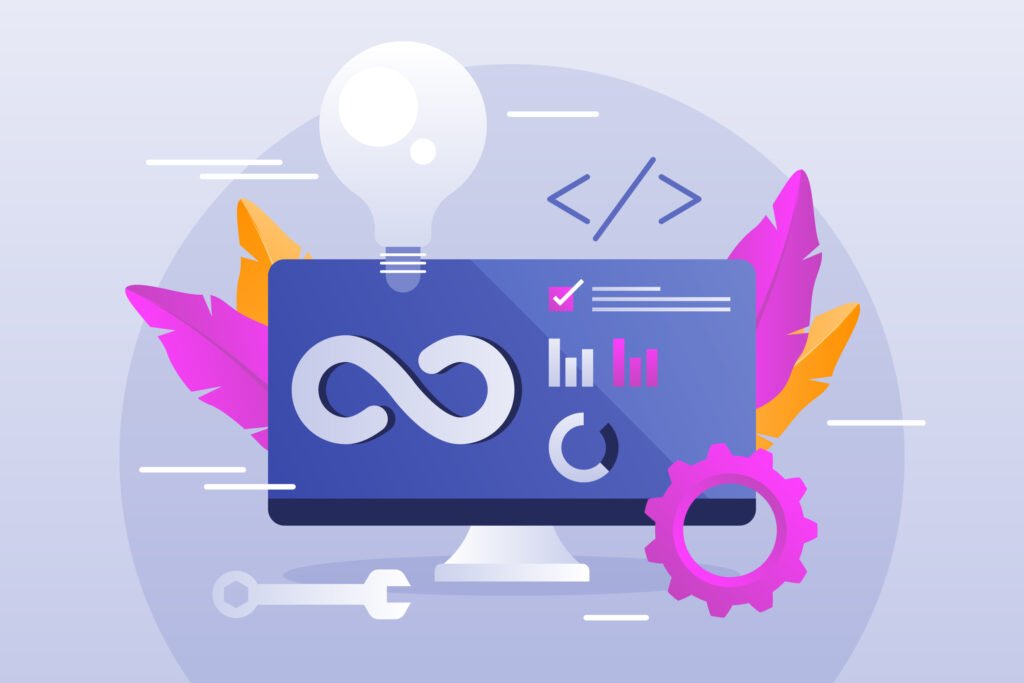
5 Things to Know About Your Product Before You Start Development
Jumping into product development without a clear plan is like setting sail without a map, you might move fast, but you’ll likely end up off-course.
Before you approach a development team, taking time to understand the core of your product will save you time, money, and frustration. It also helps your developer bring your vision to life exactly as you imagine it (or better).
Here are five things every client should know about their product before starting development.
1. The Core Problem & Target Audience
Every successful product solves a clear problem for a specific group of people.
Ask yourself:
What problem am I solving?
Who will benefit from it?
Why will they choose my product over others?
When you understand your audience and their needs, you can design features that matter to them, not just what looks cool on paper.
2. The Must-Have Features (MVP Scope)
It’s tempting to dream big, but the first version of your product should focus on the minimum viable product (MVP), the features that are essential to deliver value.
Extra features can always be added later.
This approach keeps costs down, speeds up launch time, and lets you test your idea with real users before investing heavily.
3. The Desired User Experience (UX Vision)
User experience is more than just design, it’s how people feel when they use your product.
Think about:
Do you want it to be ultra-simple or feature-rich?
Should it feel playful, professional, or luxurious?
Do you have examples of other products you admire?
Sharing these insights with your developer gives them a visual and emotional compass for design decisions.
4. Technical & Business Constraints
Clear boundaries make for smoother projects.
You should know:
Your budget and timeline.
Whether your product is web-based, mobile, or both.
Any technical requirements, integrations, or compliance rules (like HIPAA for healthcare apps or ADA for accessibility).
This ensures your development plan is realistic from the start.
5. The End Goal & Success Metrics
Before you build, define what “success” means for your product.
Are you aiming for:
A certain number of active users?
A specific revenue target?
Improved customer satisfaction?
Agreeing on measurable goals will help guide development choices and evaluate performance post-launch.
Final Thought:
When you know these five things, your first meeting with a developer won’t just be a brainstorming session, it will be the start of a focused, productive partnership. You’ll leave less room for costly misunderstandings and more space for innovation.


